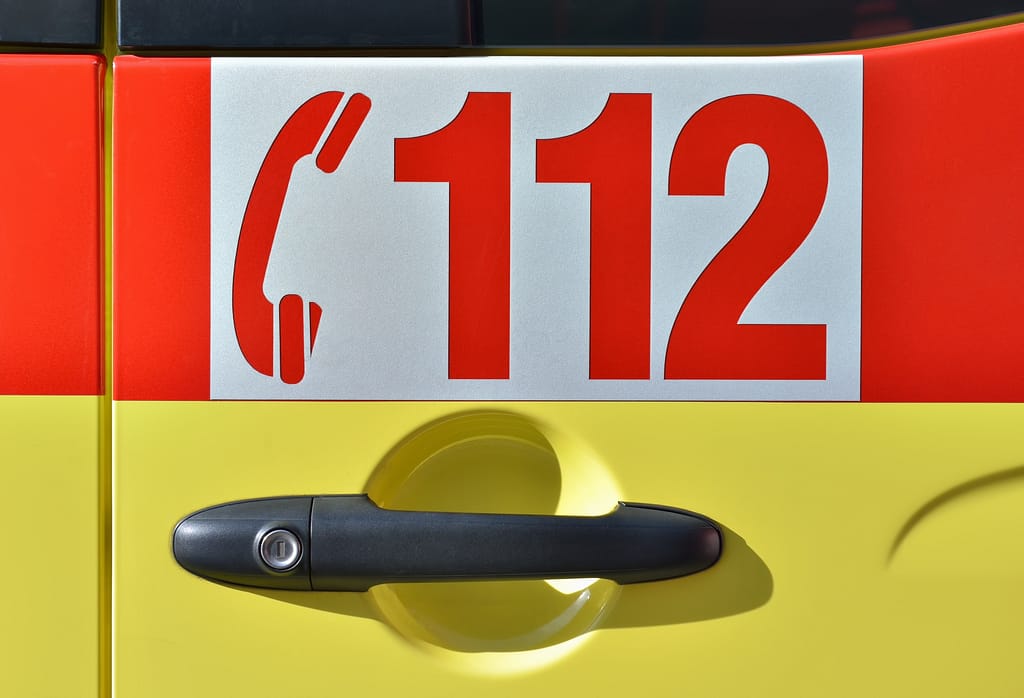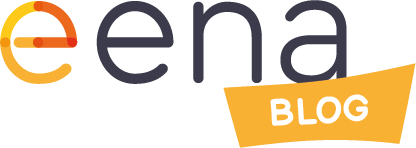Improving 112 accessibility in Estonia
On Global Accessibility Awareness Day, we heard from the European Disability Forum (EDF) about the importance of accessibility and the legislative framework. Following on from these discussions, I’d like to take the opportunity to have a glance at the latest developments in accessibility in Estonia from a 112 perspective.
Everywhere in EU, the domestic legislation has to be in accordance with the Directive (EU) 2019/882 on the accessibility requirements for products and services by June 2022. In Estonia, this process is led by the Ministry of the Social Affairs and all relevant Ministries are involved.
The work for improved accessibility gained new momentum in autumn 2019, when the Estonian Accessibility Task Force was formed next to the Government Office. The aim of this Task Force is to identify the situation of accessibility in all aspects of our living environment and in society. It is working on policy recommendations and solutions for the next ten years to move towards the situation where society, public space and services are more accessible to all inhabitants during their lifespan (i.e. including minors and seniors).

Obviously, the 112 emergency response service appears to be one of the most critical services which must be accessed as equally as possible. In addition to Directive 2019/882, the European Electronic Communications Code obliges Member States to determine emergency communications channels that would be interactive (i.e. a simple emergency button is not an option), free for persons, and allow the location information (and if available handset-based location information e.g. AML) to be forwarded to 112. In Estonia, the official emergency communications channels are: call, SMS, and eCall. The Emergency Response Centre also handles automatic fire alarms.
When identifying communication channels going forward, in addition to adhering to the legal framework, what’s even more important to us are the needs of the Estonian people. From an emergency call-handling viewpoint, this particularly involves persons with speaking and hearing disabilities. Persons with disabilities have been involved in the process throughout the Task Force’s work towards accessible emergency services. It was pointed out that written language is actually a foreign (i.e. not first) language for some people, therefore SMS should not be the only solution in the future. Video call with sign language interpretation and the possibility to send pictograms have been discussed as possible future solutions.

As a member of the Task Force, I was glad to have an opportunity to initiate a wider study via the Ministry of Interior to better understand the experiences and problems of people who have used 112 while in trouble. It also examined people’s openness to other channels besides voice call. The study is qualitative, based on deep interviews with people who have smartphones and who have used emergency response service help in the last two years.
The results of the research will be available later this month and will serve as a basis for using service design tools. This will mean that the design of new tools is not based purely on the opinions coming from the offices of public servants, but that previous and future users are involved in the design at different stages from very beginning.
I think that we have started creating a solid basis to design a 112 service where the needs of the users and the possibilities of service design are used. This definitely would help to provide a more accessible 112 service for everybody. The next step is to analyse the results of the research and if possible to continue with service design principles to develop the 112 service in Estonia.
The opinions expressed are those of the author and do not necessarily represent the views of EENA. Articles do not represent an endorsement by EENA of any organisation.
Share this blog post on:

